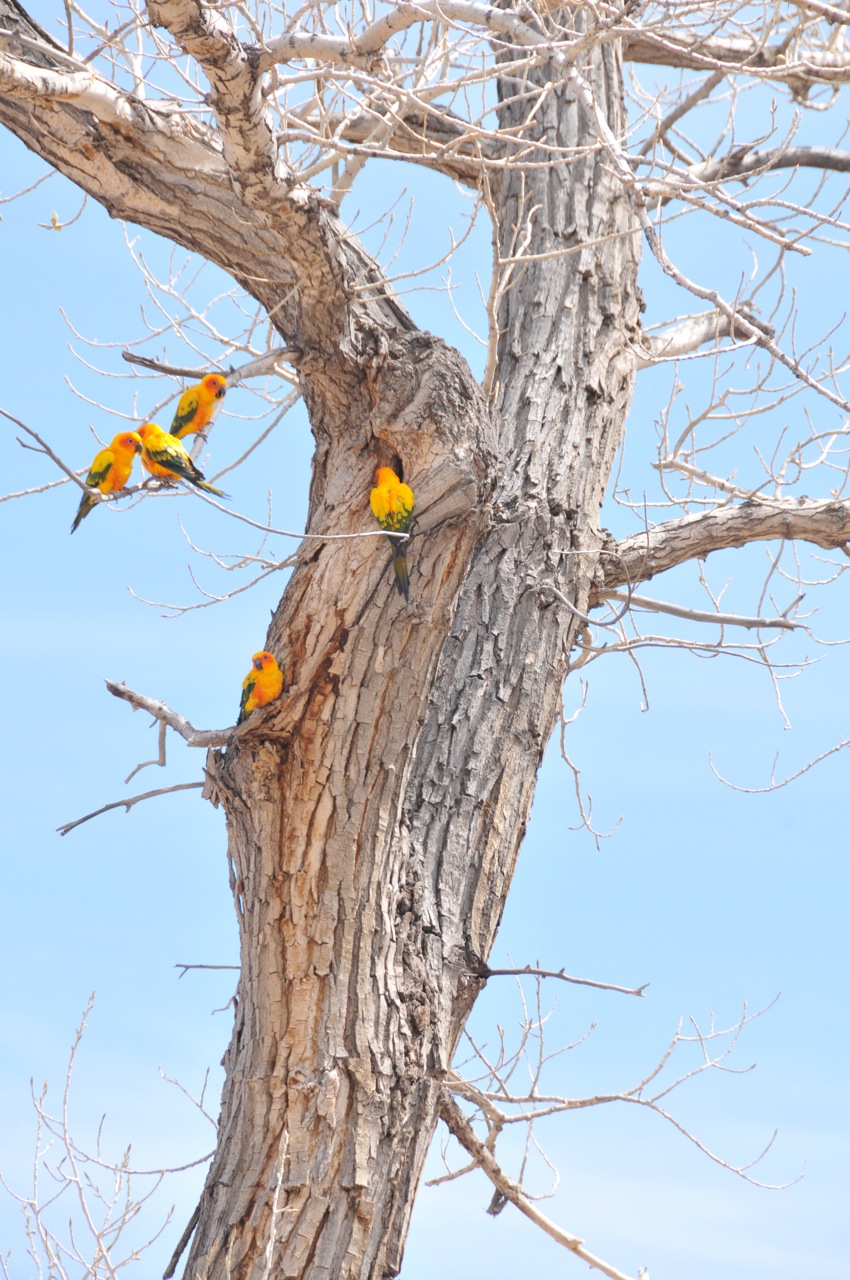BRI
What We Do
More About Us
Our goals and directions to assist endangered bird species
Ultimate Goals
Bird Recovery International’s (BRI) ultimate goal is to assist struggling wild parrot species while also improving the science of how parrots are released into the wild. We are helping improve the release process using the knowledge gained from 30 years flying parrots as pets and at educational parrot shows. BRI also provides a home for “rescue parrots” or other parrots needing a new home.
Since its inception in 2010 BRI has conducted public outreach, educational parrot shows at county and state fairs, and other similar venues where the public learns about parrots, watch parrots fly loose at the events, learn about parrots that were native to the USA, and learn about BRI parrot conservation projects. These programs win the hearts of the attendees through not only learning about the birds but getting to safely meet and hold the birds.
BRI goals include reestablishing a permanent thriving flock of Thick-billed parrots in Arizona and New Mexico where they were native up until the 1950s. Though there are estimated to be less than 2000 Thick-Billed parrots remaining in the wild in Mexico, currently many Thick-billed parrots in zoos are on “no breed” status due to no approved outlet for the offspring.
To obtain the US Fish & Wildlife Service (USFWS) permits needed in order to do a Thick-billed parrot project within the USA, it is necessary to demonstrate beyond any doubt that we have the knowledge, skills, dedication, professionalism and resources to complete the mission successfully.
Opportunities have presented themselves through our educational programs that allow BRI to work toward achieving this through first conducting similar projects with parrots in Honduras and Brazil.
Early 2015 Chris Biro spent 3 months in Trujillo, Honduras setting up an eco-tourism project related to a new cruise ship port in Trujillo. The project was intended to include a breed and release project with scarlet macaws. This was an invaluable experience for Chris even though this project ended prematurely when the cruise ships did not return to the Trujillo port the following year.
In 2016 Alejandro Flores, who lives near Trujillo, took Chris’s free-flight course. Through what he learned from the course, Chris’ encouragement, and flying his own pet great green macaw “Pipo”, he became interested in conducting great green macaw breed and release parrot conservation in Honduras. Alejandro set up his own legally recognized conservation breeding program in Honduras.
BRI provided $2000 funding to a 2018 project in Peru. The scarlet macaw parents usually only feed the first chick to hatch, the other two or three eggs are just insurance. The baby birds that would normally not be fed by the parents were pulled from the nest, hand-fed a few weeks and then returned to the nest where the parents then continued feeding and raising these babies.
Increasing Survival of Wild Macaw Chicks Using Foster Parents and Supplemental Feeding.
Because the great green macaw is considered highly endangered, in August 2021 Don Brightsmith, PhD., Chris Biro, Alejandro Flores, Humberto Mendes formed a working group to gather information and evaluate what is the best course of action to take with the baby great green macaws being hatched. Key people working with great green macaws in Honduras were recruited to join the group. The ten-person group has since conducted regular meetings to prepare for the next season’s hatchlings. The group estimates less than 100 great green macaws remain in the wild in Honduras.
While conducting a free-flight training seminar in Sao Paulo, Brazil in January 2018 Chris Biro met with one of his former free-flight students, Humberto Medes, PhD., who is also a Zoology professor. Together they visited sites with wild Lear’s macaws.
This trip encouraged them to consider setting up conservation projects together. Two projects were considered: release project with Blue & Gold macaws and a habitat project with Lear’s macaws.
Donald Brightsmith, PhD. of Texas A & M, was recruited to join the B&G project. By January of 2022 government permits and necessary university partnership paperwork were obtained and the project is officially authorized to proceed.
Early February BRI obtained the first two of six baby B&G macaw chicks for the project from a Luciana, a breeder in Brazil, who was also inspired to support parrot conservation while attending Chris Biro’s 2019 Free-flight seminar.
The Lear’s macaw project involves assisting the Lear’s macaws by planting palm trees increasing the Licuri palm food supply for the birds in the wild and by helping a credible Brazilian organization fund the purchase and protection of a 3000-acre area where the third group of Lear’s macaws live.
BRI is planting Licuri palm seeds and one and two-year-old seedlings in the areas the Lear’s macaw currently live and in the areas immediately outside these areas to support future population expansion.
BRI is also planting palm trees and will later set up artificial nest boxes for our released blue & gold macaws. BRI will be doing the same for great green macaws in the release areas as well once the release areas have been identified.
Since BRI was launched in 2010, BRI Vice President Constant Woodman has obtained her PhD. from Texas A & M (2021) under the supervision of Dr. Donald Brightsmith, PhD.
April 2021 Constance Woodman published a peer reviewed paper Parrot Free-Flight as a Conservation Tool in Diversity magazine with coauthors Chris Biro and Don Brightsmith, PhD.
Free Flight Training Classes and Articles on Free Flight Training, Visit: LibertyWings.com
To Donate Directly, use the DONATE button on the bottom of most pages on this site or use our Support Us page.
“[The science] is relevant because it is what people need to know. Chris is sitting on a gold mine that the avian community needs to discover ASAP.” ~ Avian Student at LibertyWings.com
To see the work we do with schools, click here!
Read an overview about the scientific study Chris and our small non-profit did here.
“‘As scientists, one of the most important things we can do for conservation is offer ready-to-use solutions for practitioners on the ground who are trying to save animals and ecosystems,’ ~ said Woodman, who now serves as program manager for the CVMBS’ Conservation Innovation Grant program. By learning from communities that already work with the target species, in this case parrot owners and trainers, we can take their knowledge and transform it into a conservation tool.’
The birds learned to recognize, evade, and even intimidate predators; forage for food and recognize safe vs. unsafe options; fly in flocks; navigate and mentally map the environment; and avoid unsafe situations, like dogs, humans, and cars.
During the entire training process, Biro’s methods were proven successful by the fact that neither trainer lost a single bird to predators or had a bird leave the training area.”
Read the actual study: Parrot Free-Flight as a Conservation Tool
by Constance Woodman 1,*,Chris Biro 2 and Donald J. Brightsmith
1. Schubot Avian Health Center, Department of Veterinary Pathobiology, Texas A&M University, College Station, TX 77843, USA
2. Liberty Wings Freeflight Training, P.O. Box 169, McNeal, AZ 85617, USA
* Author to whom correspondence should be addressed.
Academic Editors: Luc Legal, José L. Tella, Martina Carrete and Guillermo Blanco
Diversity 2021, 13(6), 254; https://doi.org/10.3390/d13060254
Received: 30 March 2021 / Revised: 25 May 2021 / Accepted: 31 May 2021 / Published: 8 June 2021
“With about 400 species widely distributed across continents and oceanic islands, parrots (Psittaciformes) stand out among birds by their poor conservation status.
According to the 2019 IUCN Red List, 26 % of parrot species are threatened with extinction and 14 % are listed as near threatened. Moreover, 58 % of all the species are experiencing global population declines.
We encourage authors to submit large-scale and/or multi-specific studies, synthesis works and reviews that could better enlarge our knowledge on the ecology and conservation of native and invasive parrots.
If you are interested in this opportunity or have any question, please do not hesitate to contact us.”
Further work that Bird Recovery International (the non-profit) helped fund successfully is a project in Peru increasing survival of wild Macaw chicks using foster parents and supplemental feeding.
To read details from the study, click here.
Please consider donating to BirdRecoveryInternational.com
To read about our other ongoing projects, visit this page.
Support Us
BRI could not exist without the generosity of our supporters.
By making a tax deductible donation to support the work being done by BRI, you join a community that is committed to helping save endangered bird species for future generations.
With your gift you are investing in nature’s future and become a partner with BRI as we work to save endangered birds through reintroduction programs, research, education, and habitat conservation efforts.

